
Strategic Area Human Health
The Parallel Sessions provide a forum for in-depth discussion on each of the six strategic areas of the ETH Domain. They take place in parallel, allowing participants to choose the topics that best match their interests and field of research. Each session includes scientific presentations, discussions and opportunities for exchange, promoting knowledge sharing and the co-creation of new ideas.
On this page, you will find the twelve speakers from the Strategic Area Human Health, which aims to improve our understanding of health and developing new medical approaches.

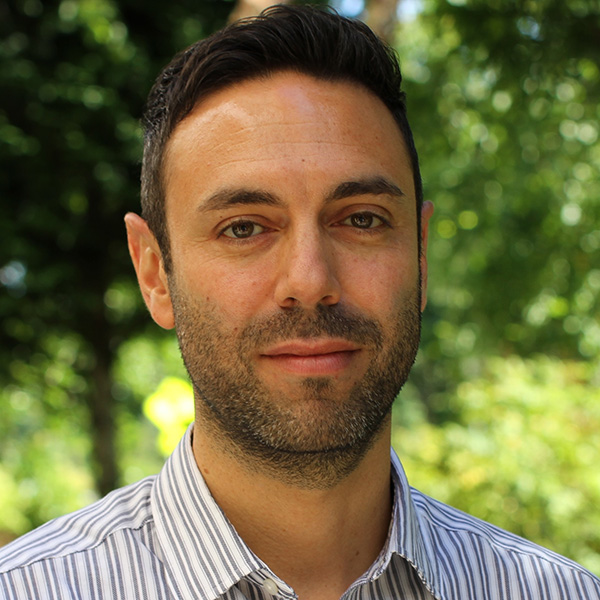
Emmanuel Abbé
AI, medical data and SwissCardIA
Abstract
Atherosclerotic cardiovascular disease represents the leading cause of death in Switzerland and in the world. Current preventive strategies rely on traditional risk models that lack precision and granularity. It is time to re-visit the approach and harness the advancements in AI.
The SwissCardIA project led by EPFL, CHUV, HUG, UNISANTE aims to revolutionize cardiovascular prevention by developing a dynamic, AI-driven risk prediction framework that integrates Wearable Device Data, Advanced Imaging, Biochemical Markers and Comprehensive Patient Information. The multi-modal data integration approach is aimed to enable early detection of cardiovascular disease at asymptomatic stages, well before clinical events such as myocardial infarctus occur.
About
Emmanuel Abbé received his Ph.D. degree from the EECS department at MIT. He was a professor at Princeton University in applied mathematics and is now a professor at EPFL, where he holds the Chair of Mathematical Data Science. He is the recipient of the the Bell Labs Prize, the von Neumann Fellowship from the Institute for Advanced Study, the IEEE Information Theory Society Paper Award, the ICML Outstanding Paper Award and the Frontiers of Science Award. He is also a senior research scientist at Apple AIML. He mostly works on AI reasoning and AI for cardiology.
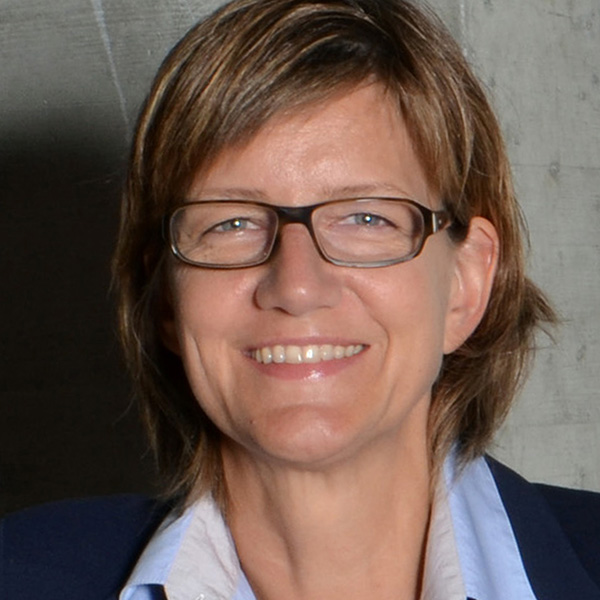
Katharina Maniura
AMR-Initiative
Abstract
Antimicrobial resistance (AMR) is among the greatest threats to human health in the 21st century. Resistant pathogens undermine the foundations of modern medicine, limiting our ability to treat infections, perform surgeries, and safeguard vulnerable populations. Addressing this crisis requires not only incremental solutions but also visionary, long-term programs that innovative integrate fundamental science and translational research. Empa has laid substantial foundations in this field, ranging from antimicrobial materials and diagnostic tools to advanced biofilm models and host–pathogen interaction studies. Building on this base, the Empa AMR Initiative aims to create a long-term, excellence-driven program that transforms scientific breakthroughs into real-world solutions. Our initiative combines research, innovation, talent development, and entrepreneurship.
About
Katharina Maniura has studied Chemistry at Marburg University in Germany and received her PhD from Newcastle University in the UK. She joined Empa in 2003 and directs the research in the Empa Biointerfaces lab. Her research addresses material-associated challenges in medicine; her team develops new biomaterials, designs biointerfaces via material innovation/ surface modification and, importantly, through the characterization and understanding of the biological response to materials. Novel material-based antimicrobial solutions represent a major focus of her group. In 2018 she joined the Health Science and Technology Department at ETH Zurich as Adjunct Professor.
Medical research at ETH Zurich | More
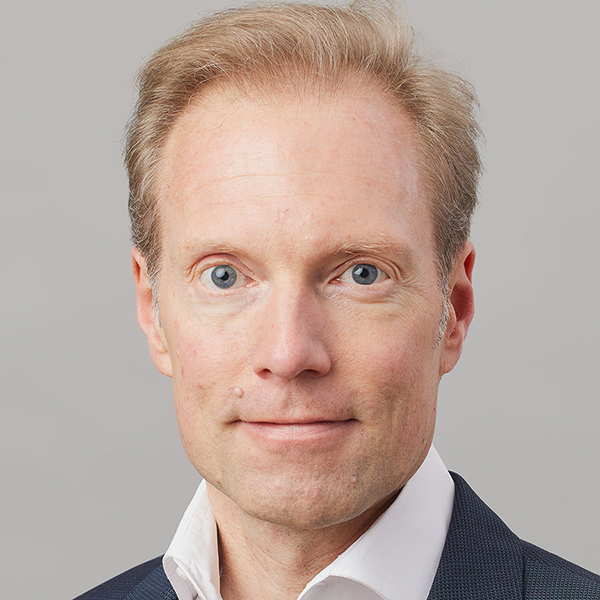
Klaas Enno Stephan
Medical research at ETH Zurich
Abstract
In recent years, the research landscape at ETH Zurich has seen a significant expansion of medical research. Building on the traditional strengths of ETH in engineering, computation, and natural sciences, advances in infrastructure, medical research strategies, and teaching strengthen and accelerate the translation of basic research into clinical applications. This presentation provides a brief overview of these developments and presents illustrative research results from different areas of somatic and mental health.
About
Klaas Enno Stephan is a computational neuroscientist and medical doctor. He is currently Professor for Translational Neuromodeling & Computational Psychiatry at the University of Zurich and ETH Zurich. His work concerns the development of clinically useful computational assays for psychiatry and psychosomatic medicine, with a current focus on fatigue and depression.
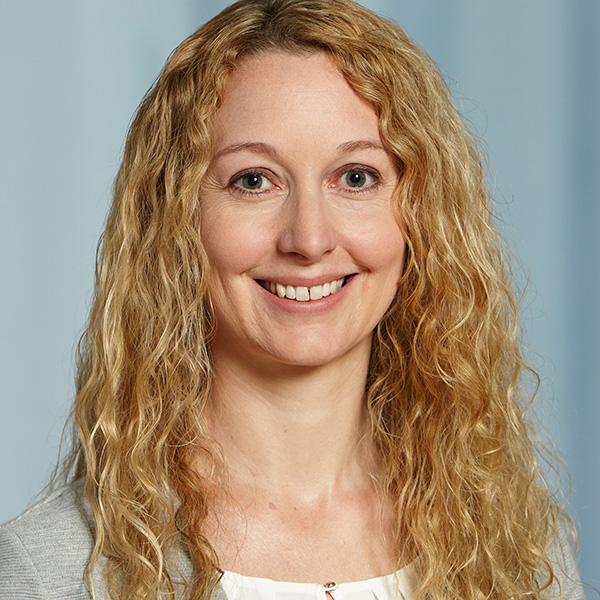
Julia Vogt
AI in Medicine
Abstract
Artificial intelligence is rapidly transforming medicine, from accelerating biomedical research to supporting clinical decision-making. Advances in machine learning, particularly deep and multimodal representation learning, now enable the integration of diverse data sources such as imaging, genomics, and electronic health records. These capabilities open new possibilities for earlier diagnosis, personalized treatment, and more efficient healthcare delivery. At the same time, challenges around interpretability, safety, data quality, and clinical validation remain central to responsible deployment. This talk will provide an overview of ongoing research directions and real-world applications of AI in medicine.
About
Julia Vogt is an associate professor in Computer Science at ETH Zurich, where she leads the Medical Data Science Group. The focus of her research is on linking computer science with medicine, with the ultimate aim of personalized patient treatment. She has studied mathematics both in Konstanz and in Sydney and earned her Ph.D. in computer science at the University of Basel. She was a postdoctoral research fellow at the Memorial Sloan-Kettering Cancer Center in NYC and with the Bioinformatics and Information Mining group at the University of Konstanz. In 2019, she joined the Computer Science Department of ETH Zurich.
X-ray Imaging 2.0: leveraging multiscale, multimodal imaging at synchrotrons for improved diagnostic More
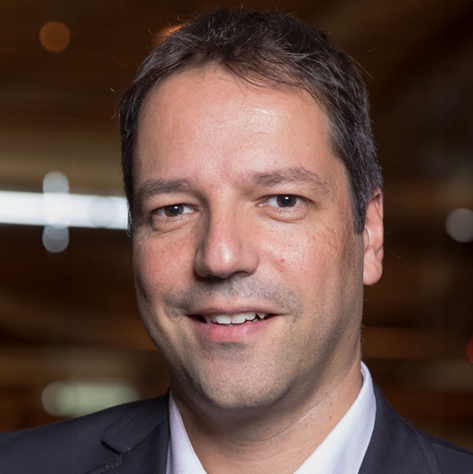
Marco Stampanoni
X-ray Imaging 2.0: leveraging multiscale, multimodal imaging at synchrotrons for improved diagnostic in hospitals
Abstract
More than 125 years after Röntgen’s discovery, X-ray imaging is entering a new era powered by 4th generation synchrotron facilities. These ultra-bright sources let scientists peer inside objects with astonishing detail—down to tens of nanometers—at speeds up to thousands of 3D scans per second. This leap enables real-time views of living tissues, brain networks, dissolving tablets, and soft materials in motion. Techniques once built for accelerator diagnostic now promise breakthroughs in medicine, from breast to lung imaging. This talk opens the door to the fascinating world of modern X-ray imaging and its future impact on healthcare.
About
Marco Stampanoni is Full Professor of X-ray Imaging at ETH Zurich and Head of the X-ray Tomography Group at the Swiss Light Source (PSI). His research focuses on synchrotron-based imaging and phase-contrast techniques with applications in medicine and materials science. A pioneer in high-resolution tomography, he has received an ERC Grant and multiple international awards for advancing X-ray imaging. At ETH, he teaches X-ray microscopy and leads efforts to translate cutting-edge imaging technologies into clinical practice.
Water use, water reuse, and water and wastewater treatment | More
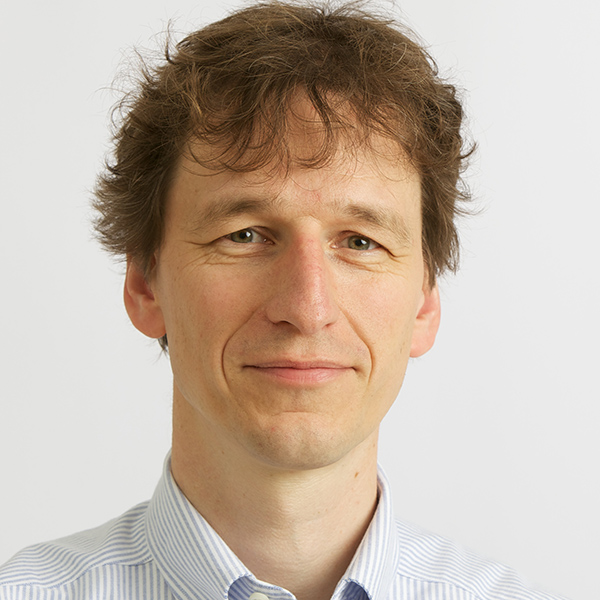
Eberhard Morgenroth
Water use, water reuse, and water and wastewater treatment
About
Eberhard Morgenroth holds a PhD from the Technical University of Munich (1998). In 2000 he joined the faculty of the University of Illinois at Urbana-Champaign. Since 2009 he is a Professor for Process Engineering in Urban Water Management with appointments at ETH Zürich and at Eawag. His research interests include wastewater treatment, membrane bioreactors for water reuse, control of biofilms, biofilm reactors, and decentralized wastewater management.

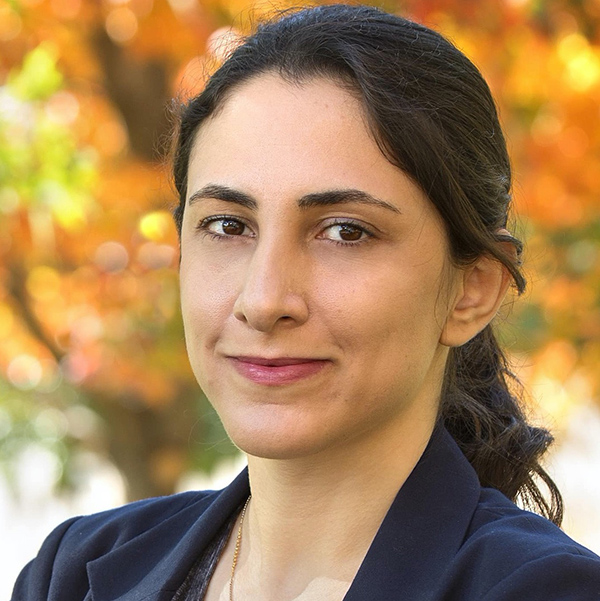
Mahsa Shoaran
Smart NeuroChips for Next-Generation Brain Health Technologies
Abstract
Neural interface technologies hold great promise for transforming the diagnosis and treatment of brain disorders that remain unresponsive to conventional therapies. Over the past decade, advances in neural interface microsystems have been remarkable, yet existing clinical-grade technologies remain limited in their therapeutic potential. In this talk, I will present an overview of our research on integrating modern machine learning techniques into neural interface System-on-Chips (SoCs). These intelligent and highly miniaturized devices are being developed for a range of applications, including epilepsy, movement disorders, and mental health conditions, as well as for the next generation of brain–computer interfaces (BCIs).
About
Mahsa Shoaran is an Assistant Professor in the Center for Neuroprosthetics and Electrical Engineering Institute of EPFL, and director of the Integrated Neurotechnologies Laboratory. Her research interests broadly include circuit, system, and algorithm design for diagnostic and therapeutic applications. Mahsa is a recipient of the 2021 ERC Starting Grant, the 2019 Google Faculty Research Award in Machine Learning, the Swiss NSF Postdoctoral Fellowships, and the NSF Award for Young Professionals Contributing to Smart and Connected Health. She was named a Rising Star in EECS by MIT in 2015. She is a member of TPC for IEEE CICC and the SRP committee for ISSCC.
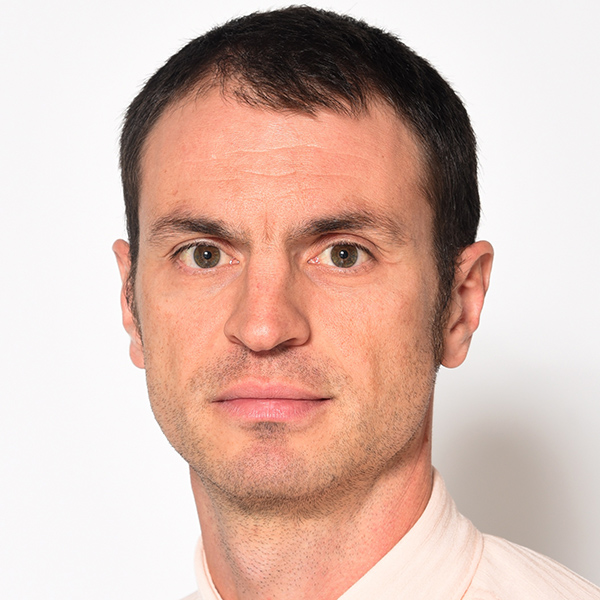
Luciano Fernandes Boesel
Wound Initiative
Abstract
The objective of Wound Initiative is the design of a precision, self-care integrated system to understand, simulate, and monitor skin wound evolution. Our aim is to develop self-care wearables for spatiotemporal wound monitoring and patient-specific, timely wound treatment. The uniqueness of our approach lies in the coupling of these activities with in-depth analytical and molecular characterization of early phases in chronic wound formation as well as advanced in vitro models that allow us to simulate chronic wound responses to new treatments. For instance, we will specifically investigate new biological markers that could better assist clinical decision making. The wearables developed by Empa will assist clinicians in detecting signs of infection or wound deterioration early on and, accordingly, enable delivery of a precise, personalized, and timely wound treatment.
About
Dr Boesel has a Bachelor and Master in Materials Engineering from the Federal Univ. of São Carlos (Brazil), and a PhD in Materials Science and Technology (Biomaterials) from the Univ. of Minho (Portugal). Before joining Empa in 2010, he was a Marie Curie Research Fellow at the Institute of Science and Technology of Polymers (CSIC, Spain) and an Alexander von Humboldt Fellow at the Max-Planck Institute for Polymer Research (Germany).
The role of environmental stressors for human health: insights from projects on traffic noise exposure and on light pollution | More
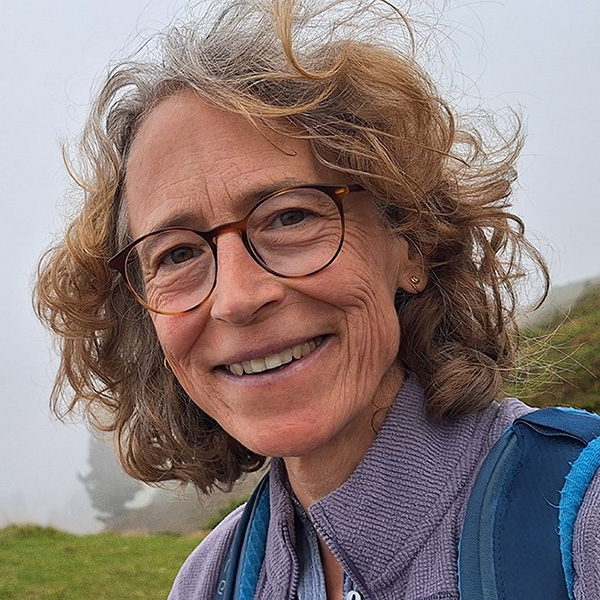
Nicole Bauer
The role of environmental stressors for human health: insights from projects on traffic noise exposure and on light pollution
Abstract
Urban green spaces have long been discussed as a resource for promoting public health, however urban environments are generally marked by high levels of road traffic noise, recognized as a major environmental stressor. I will present study results on the role of road traffic noise for stress reduction on psychological restoration in different kinds of urban environments (forests/built areas). Furthermore in urban environments one encounters high levels of artificial light at night, associated with negative health impacts on natural environments and public health. In this part of the presentation I will address the questions (1) how light color temperatures influence human well-being and (2) how citizens’ perceptions of artificial light (feeling of safety, awareness of impact, support for mitigation measures) influence the mitigation of anthropogenic light impacts.
About
I am an environmental psychologist exploring the impact of nature (experience) on human health and in particular the effect on well-being and stress reduction with diverse methods (e.g. surveys, standardized scales, physiological measurements, e.g. cortiol) in order to be able to address planning issues more precisely. With this research topic we are making an important scientific contribution to the Federal Council's 2020-2030 health policy strategy, which aims to achieve high landscape quality as a means of promoting recreation and health.
Advancing Inclusion through Rehabilitation and Assistive Technologies | More
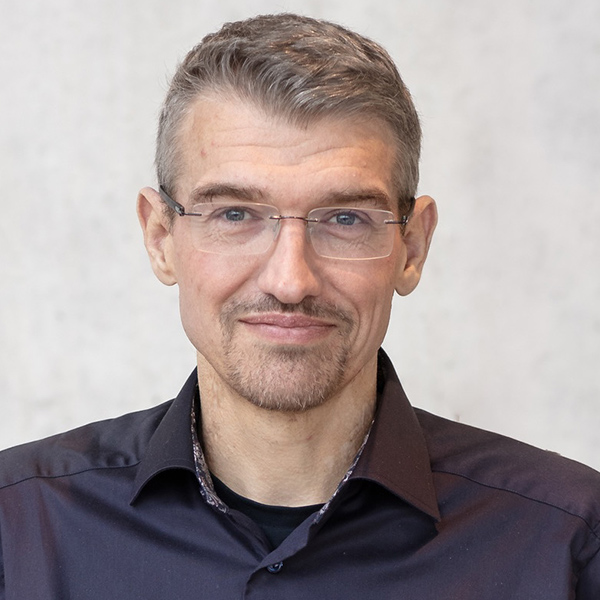
Roger Gassert
Advancing Inclusion through Rehabilitation and Assistive Technologies
Abstract
Nearly one third of the world’s population could benefit from rehabilitation to overcome limitations that restrict independence and participation in society. Rehabilitation and assistive technologies are essential in meeting this global challenge, offering ways to restore function, support daily activities, and promote inclusion. The ETH Rehab Initiative brings together expertise from engineering, health sciences, rehabilitation clinics and industry to foster innovation and translation. By aligning with national and global initiatives, these efforts contribute to advancing inclusion across the continuum of care.
About
Roger Gassert is a Professor of Rehabilitation Engineering at ETH Zurich. His research centers on the development and clinical validation of technologies to explore, assess, and restore sensorimotor function in neurological disorders, with the goal of improving independence. Gassert is Vice-Chair of the ETH Competence Centre for Rehabilitation Engineering and Science and co-founder of ETH spin-offs Auxivo and Optohive.
From Target to Treatment: Advancing Radionuclide Development for the Next Generation Radiotheranostics | More
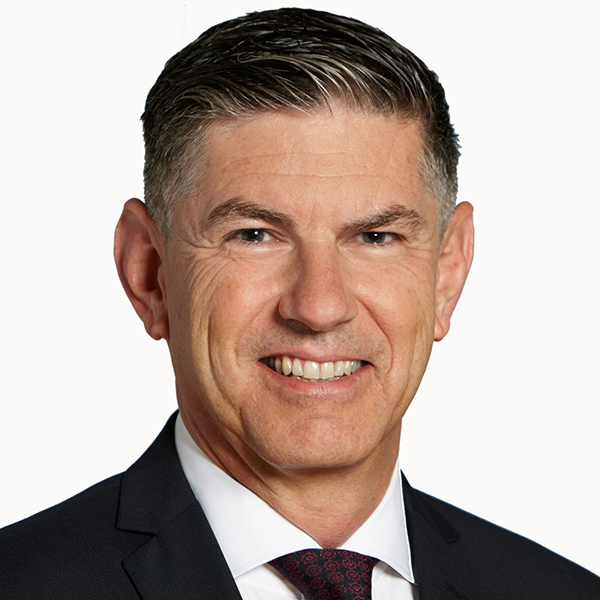
Roger Schibli
From Target to Treatment: Advancing Radionuclide Development for the Next Generation Radiotheranostics
Abstract
Radioactive cancer drugs (radiopharmaceuticals) have recently gained significant interest in the pharmaceutical industry due to their specific mode of action and despite the associated logistic challenges. The Paul Scherrer Institute (PSI) is pioneering radiotheranostic approaches—combining the therapeutic and diagnostic features of radionuclides in one and the same targeting molecule—through the development and exploration of new radionuclides. Many previously overlooked, physical properties of radionuclides could dramatically improve both diagnosis and patient outcomes. To expand these unique opportunities, PSI is constructing the TATTOOS facility as part of the research infrastructure project IMPACT to produce medical radionuclides that otherwise cannot be produced in sufficient quantities for clinical use. By integrating PSI's existing research capabilities and expertise in close collaboration with clinical know-how at the University Hospital Zürich, TATTOOS creates an unprecedented platform for the development of next-generation radiotheranostics.
About
Prof. Roger Schibli has been a Professor at the Department of Chemistry and Applied Biosciences (ETH Zurich, Institute of Pharmaceutical Sciences) since 2010 and is Head of the Center for Radiopharmaceutical Science (CRS), a collaboration between ETH Zurich and the Paul Scherrer Institute. Prof. Schibli studied chemistry at the University of Basel in Switzerland and received his doctorate from the Paul Scherrer Institute. After a two-year postdoctoral fellowship in the US, he joined ETH Zurich in 2004.
Wastewater – the treasure chest of uncounted public health aspects | More
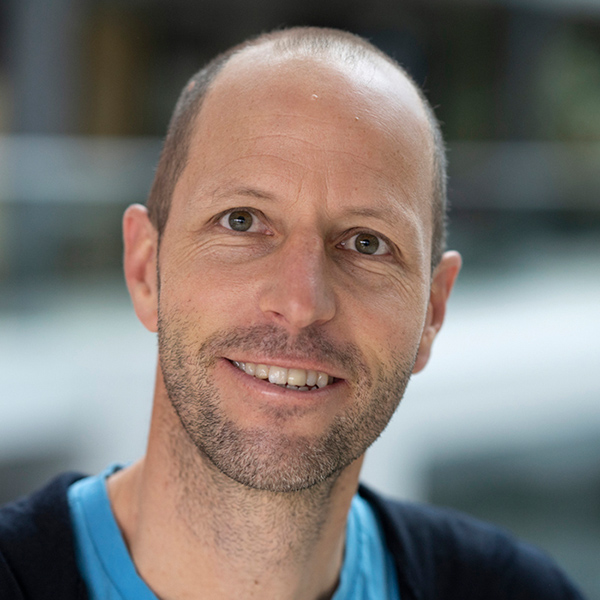
Christoph Ort
Wastewater – the treasure chest of uncounted public health aspects
Abstract
We shed a vast number of pathogens and substances into wastewater. Collected for central treatment, a single sample contains information from many people and provides insights into community health and well-being. With the Covid-19 pandemic, wastewater-based epidemiology reached a breakthrough. Ongoing wastewater monitoring at Eawag offers ample research opportunities across the ETH Domain and stakeholders in the public health sector. Examples of trackable substances include antibiotics, opioids, antihistamines, an array of respiratory and other viruses, antibiotic resistance, as well as linking substance- and pathogen-monitoring to identify the next threat, which may be as of yet unknown ("pathogen X”).
About
Christoph Ort investigates sewage, one of the most information-rich and dynamic waste streams of our society. His interests lie in source typing and tracking of water-borne pollutants and pathogens in the built and natural environment through a combination of full-scale measurements, modeling and laboratory experiments. In interdisciplinary teams, he co-develops novel devices and workflows to gain unprecedented insight into spatio-temporal variability of biomarkers.